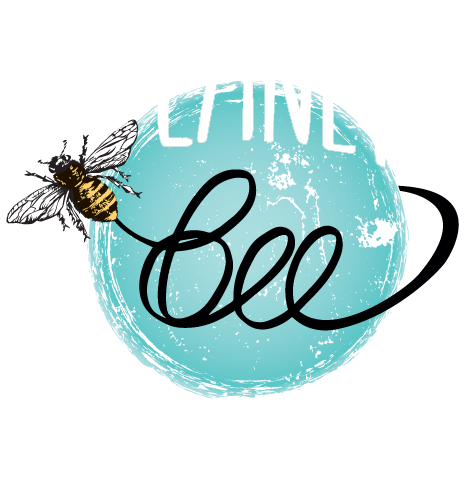Fall Gardening for Pollinators: 5 Simple Steps to Support Native Bees
- Planet Bee Foundation
- Oct 4, 2024
- 3 min read
Updated: Dec 3, 2024
As fall approaches, your garden can become a sanctuary for native bees, butterflies, and other pollinators. By making a few small changes, you can help these vital insects survive the winter and thrive come spring. Here’s how you can create a pollinator-friendly garden this autumn, with examples of native bees and plants tied to specific regions in North America.
1. Leave the Leaves

Many solitary bees, such as plasterer bees (Colletes spp.), benefit indirectly from leaf litter for winter protection. While these ground-nesting bees burrow into the soil, leaf litter helps insulate the ground and regulate temperature, providing additional protection during colder months. Leaving leaf litter undisturbed not only supports these bees but also creates vital habitat for other insects, such as moths, butterflies, and beetles, that rely on this natural layer for overwintering.
2. Plant Perennials in Fall
In the Southwest, the Sonoran Bumblebee (Bombus sonorus) benefits from fall-planted native perennials like Desert Marigold (Baileya multiradiata), a species well-adapted to arid conditions. Planting perennials in the fall allows these plants to develop robust root systems over winter, which supports vigorous growth and flowering in the spring. This ensures a reliable nectar source for Bombus sonorus, which is most active in spring and early summer. Although Bombus sonorus typically forages during these warmer months, late-blooming plants are essential for sustaining other pollinators, such as solitary bees, butterflies, and moths, that are active into the fall. A diversity of blooming periods helps maintain overall pollinator health and biodiversity in the region.

3. Skip Pruning Until Spring
The Blue Orchard Mason Bee (Osmia lignaria), native to the Pacific Northwest, nests in hollow plant stems and pre-existing cavities. By leaving seed heads and flower stalks intact through winter, you create valuable overwintering habitat for various pollinators. While Osmia lignaria overwinter as larvae inside their nests and emerge in early spring, leaving stems provides potential nesting sites for the next generation of bees. In late winter or early spring, cut the stems back to about 12 inches to encourage future nesting opportunities for solitary bees like mason bees.
4. Sow Seeds for Next Spring
In colder U.S. regions, sowing seeds that need cold stratification in the fall is crucial for robust plant growth and supporting native pollinators. Plants like Poppy (Papaver), bee balm (Monarda), and black-eyed Susan (Rudbeckia hirta) have evolved to require a cold period to germinate effectively, mimicking natural winter conditions. This cold snap ensures that seeds remain dormant until warmer spring temperatures trigger growth. By planting these seeds in the fall, you help create a diverse and healthy early spring landscape, providing essential nectar for pollinators such as the Rusty Patched Bumblebee (Bombus affinis). Check your USDA Hardiness Zone to select suitable native plants that benefit from stratification, ensuring strong blooms and supporting local ecosystems.

5. Recycle Leaves as Mulch
In the Southeast, the Southeastern Blueberry Bee (Habropoda laboriosa) benefits from gardens mulched with shredded leaves. This practice enriches the soil, helps retain moisture, and provides a better environment for soil organisms. The Southeastern Blueberry Bee emerges early in the spring to pollinate blueberry bushes, so maintaining healthy, well-mulched soil through the fall ensures that both the bees and the plants they depend on are well-prepared for the growing season.
Sources for Regionally-Specific Gardening Information:
National Wildlife Federation – Learn more about pollinator-friendly gardening practices: www.nwf.org/Garden-for-Wildlife
Xerces Society – Offers detailed guides on conserving pollinators: www.xerces.org/pollinator-conservation
Pollinator Partnership – Find eco-regional planting guides for your area: www.pollinator.org/guides
USDA Plant Hardiness Zone Map – Know when to plant and what to expect in your region: planthardiness.ars.usda.gov
University Extension Services:
Northeast: Cornell Cooperative Extension
Midwest: University of Minnesota Extension
Southeast: University of Georgia Extension
Pacific Northwest: University of Washington Botanic Gardens
Southwest: Arizona-Sonora Desert Museum
Blog Post Sources:

